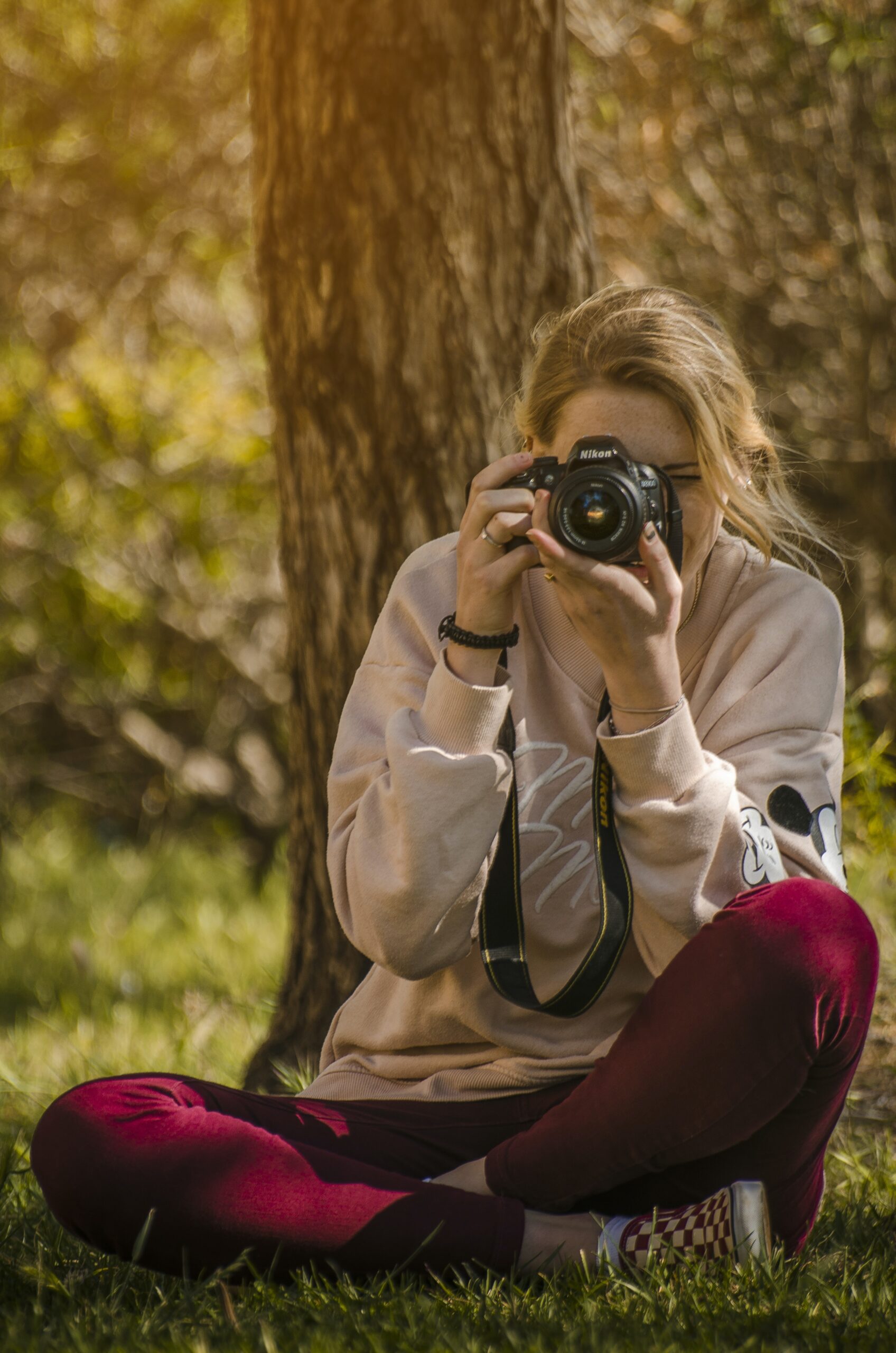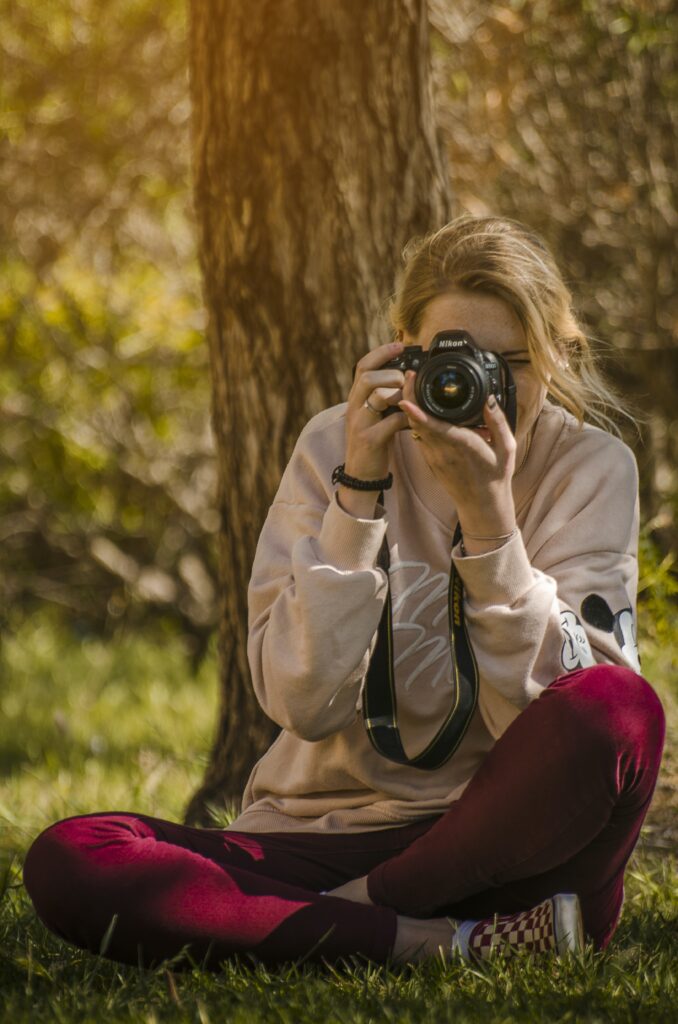
Are you familiar with aperture? It’s an essential concept in photography that greatly influences your images. But what exactly is aperture, and why should you care about it? In simple terms, aperture refers to the opening in your camera lens that controls the amount of light entering the camera. Understanding aperture and its importance can significantly impact the quality and creativity of your photographs. So, let’s explore the fascinating world of aperture and discover why it plays a crucial role in capturing stunning images.

What is Aperture?
Definition of aperture
Aperture refers to the opening in a camera lens that controls the amount of light entering the camera. It is one of the essential components that contribute to the final exposure and image quality captured by the camera. By adjusting the size of the aperture, photographers can control various aspects of their photographs, such as exposure, depth of field, and creative effects.
Components of a camera that control aperture
The aperture of a camera is controlled by several components, with the lens being the primary element. Within the lens, there is a diaphragm, which consists of a series of blades that can open or close to change the diameter of the aperture. The size of the lens diaphragm affects the amount of light entering the camera.
Modern cameras also have mechanisms for adjusting the aperture electronically. This allows photographers to make precise adjustments and eliminates the need for physically manipulating the diaphragm blades. The electronic control of aperture provides convenience and accuracy, especially in situations where quick changes to the aperture are required.
How aperture is measured
Aperture is measured using a system of values known as F-numbers. F-numbers, also referred to as F-stops, represent the ratio of the focal length of the lens to the diameter of the aperture. The lower the F-number, the wider the aperture, and the higher the F-number, the narrower the aperture.
It is important to note that F-numbers follow a logarithmic scale, with each halving or doubling of the F-number representing a change in the amount of light entering the camera by one stop. For example, going from F/2.8 to F/4 will cut the amount of light in half, while going from F/4 to F/2.8 will double the amount of light entering the camera.
Aperture values and their effects
The choice of aperture value directly affects the exposure of the photograph, as well as other factors such as depth of field and image sharpness. A wide aperture (smaller F-number) allows more light into the camera, resulting in a brighter exposure. On the other hand, a narrow aperture (larger F-number) restricts the amount of light and leads to a darker exposure.
The size of the aperture also contributes to the depth of field in an image. A wide aperture produces a shallow depth of field, where only the subject is in focus while the background appears blurry. This effect can be used to isolate the subject from distractions and create a sense of depth. Conversely, a narrow aperture increases the depth of field, resulting in more of the scene being in focus, from the foreground to the background.
Importance of Aperture
Role in exposure
Aperture plays a crucial role in achieving the correct exposure in photography. Along with shutter speed and ISO, aperture forms the exposure triangle, where the three elements work together to control the amount of light that reaches the camera’s image sensor. By adjusting the aperture, you can allow more or less light into the camera, ensuring a well-exposed photograph in various lighting conditions.
Impact on depth of field
One of the significant effects of aperture is its influence on the depth of field. Depth of field refers to the range of distance within an image that appears acceptably sharp. A wide aperture creates a shallow depth of field, blurring the background and emphasizing the subject. This technique is commonly used in portrait photography, where the subject is the main focus, and the background is intentionally softened.
Alternatively, a narrow aperture increases the depth of field, resulting in more of the scene being in sharp focus. This is often desired in landscape photography to ensure that both the foreground and background are in focus, capturing all the details of the scene.
Creative effects on composition
Aperture also offers creative control over the composition of an image. By manipulating the aperture, photographers can achieve desired effects such as subject isolation, background blur, and foreground-background relationships.
A wide aperture allows you to isolate the subject from its surroundings by creating a shallow depth of field. This technique draws attention to the subject by blurring the background, making it stand out prominently. It is particularly useful in situations where the background may be distracting or cluttered.
Furthermore, aperture influences the relationship between the foreground and background elements in a photograph. By choosing a specific aperture value, you can create a sense of depth and separation between the subject and its surroundings. This adds visual interest and enhances the overall composition of the image.
Control over light and image quality
Aperture also has a direct impact on the amount of light reaching the camera’s image sensor and contributes to the overall image quality.
In challenging lighting conditions, such as low light environments, a wide aperture allows more light into the camera, enabling faster shutter speeds and reducing the risk of camera shake or motion blur. This is particularly beneficial in situations where capturing fast-moving subjects or hand-held shooting is required.
Aperture size also affects the quality of the image, especially in terms of sharpness and potential lens aberrations. While smaller apertures (larger F-numbers) increase the depth of field, they can also introduce diffraction, which may slightly reduce the overall image sharpness. Understanding the trade-offs between aperture and image quality is important to ensure optimal results in different photography scenarios.

Definition of Aperture
Explanation of aperture
Aperture, in the context of photography, refers to the opening in the camera lens that controls the amount of light passing through to the camera’s image sensor. It is commonly represented by F-numbers, which determine the diameter of the aperture.
Comparison with a human eye’s pupil
To understand aperture better, it can be compared to the pupil of a human eye. Similar to how our eyes adjust to different lighting conditions by changing the size of the pupil, cameras adjust the aperture to control the amount of light entering the lens. In bright conditions, the pupil (aperture) becomes smaller, and in dim conditions, the pupil (aperture) expands to allow more light.
Aperture’s role in photography and cameras
Aperture plays a vital role in photography, allowing photographers to control exposure and creative effects. By adjusting the aperture size, photographers can manipulate the amount of light entering the camera, control the depth of field, and create various artistic effects. This ability to control aperture makes it a fundamental tool for photographers to express their vision and capture the desired results.









